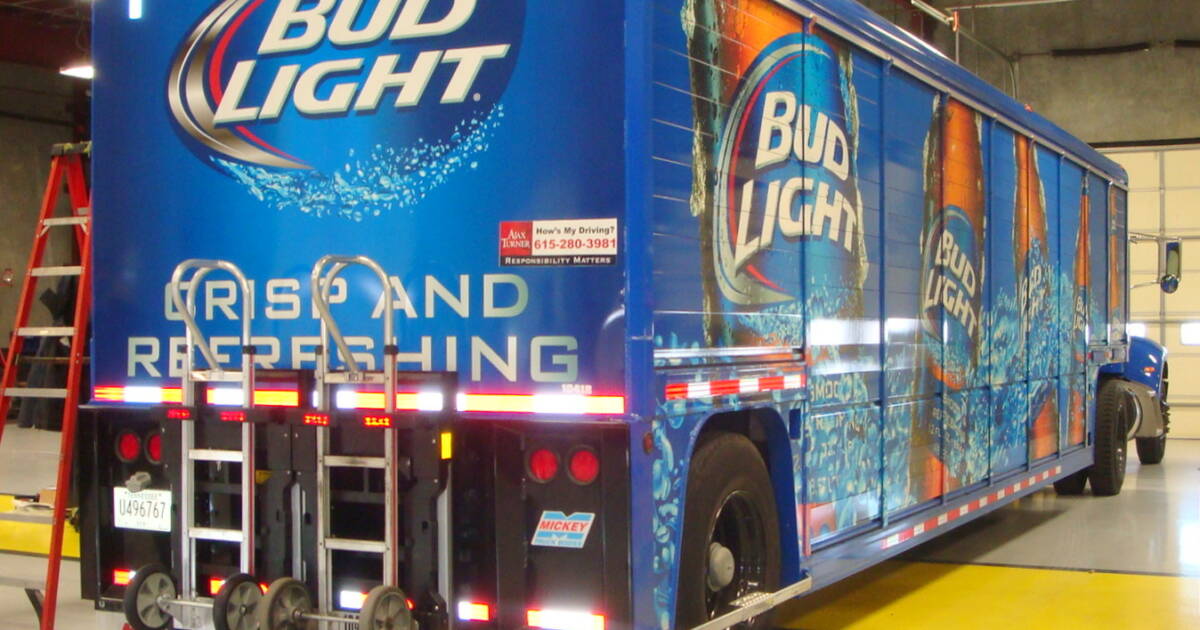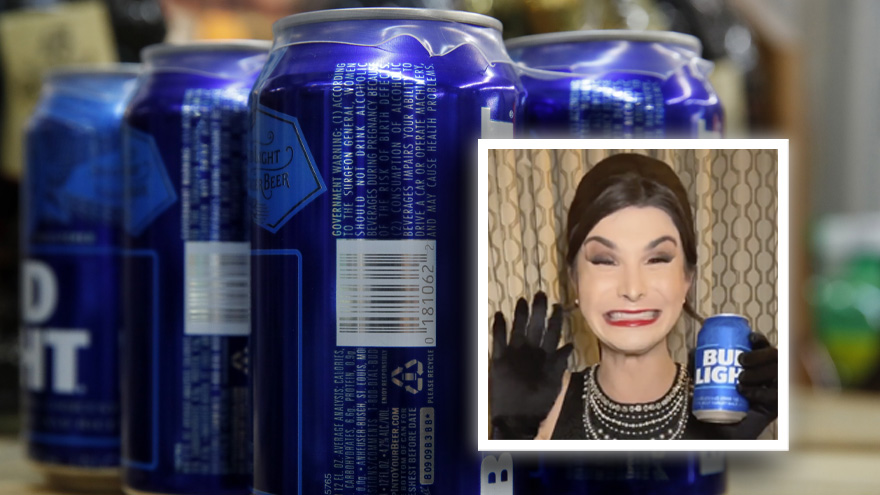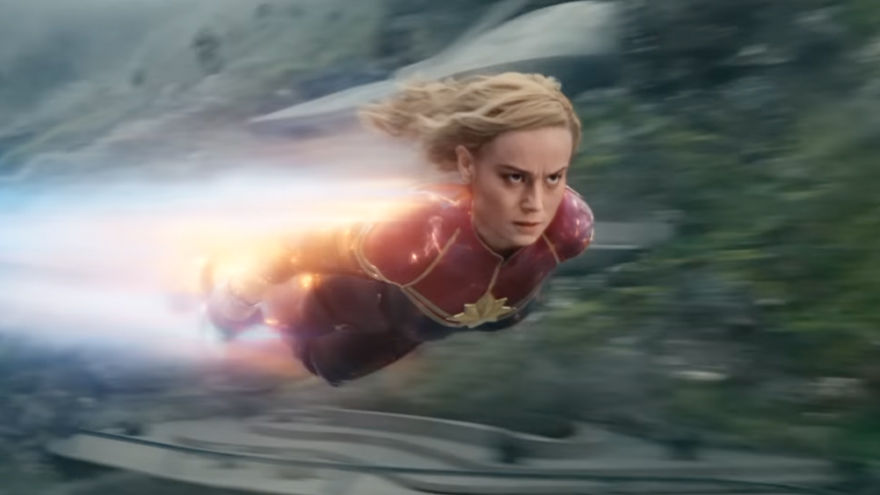Arnold Schwarzenegger once said something like, when you see a sport or group from the outside, it might seem really strange or exotic, but when you learn about it, you find it’s “just another thing.” It’s the same with the pedestrian but esoteric, industrial world of beer and brewers. At scale, the brands you think you know are run by huge corporations—the companies that make the stuff in the cans.
So learning that Anheuser-Busch Inbev’s revenue in 2022 was $57.786 billion, greater than the GDP of about 120 countries, should help us understand that beer isn’t about the liquid in the cans, it’s about the money.
AB Inbev is so large that it commanded a 31.3% market share in 2021, of all beers sold in the world. That’s insane given that there are about 19,000 beer producers. The second largest company, Heineken, has only 39% of AB’s share (that’s 12.4% worldwide). No other company breaks 10%. Why is this important?
You’d think a juggernaut like AB Inbev could weather a storm about one of its 500 brands. However, financial company HSBC downgraded the company’s stock to “hold”. Carlos Laboy, HSBC’s managing director in the beverage sector, has regularly attended AB Inbev;s earning calls, and asked relevant questions, even saying the company’s answers were “impressive” at times. But this time, he didn’t buy it.
Is ABI’s leadership getting the brand culture transformation right? It’s mixed,” Laboy wrote Wednesday in a note.
“At Ambev, we think the answer is ‘yes;’ in the US, we think it’s ‘no.’ The way this Bud Light crisis came about a month ago, management’s response to it and the loss of unprecedented volume and brand relevance raises many questions,” Laboy continued.
The fact that the world’s largest brewer and beer marketer could be shaken by one of its brands, due to a marketing faux pas that turned off its American audience, a normally pretty forgiving group, to the point that the company has already lost somewhere between $3 and $5 billion in market capitalization, should wake them up to the fact that this is bigger than just a transgender influencer’s face on a single can.
Of course, the company is not facing some kind of existential threat. Beer makers with long histories play for the long game. In 2020, AB Inbev lost $20 billion in market capbecause its China business didn’t live up to expectations. Some analysts believe that AB Inbev will simply weather out the storm, because outrage fades like sand castles on the beach. “First, they get upset, and then they forget,” wrote Ed Ponsi, managing director of Barchetta Capital Management and president of FXEducator.
But if I had to pick an opinion based on the data, I’d go with Laboy and HSBC’s sour take over Ponsi’s rosy view, in the medium and even possibly the long term. Here’s why.
AB Inbev’s Bud brand has lost the pulse of its customer base, and the scorn its largely foreign owners and executives hold American (former) Bug Light drinkers in, is pretty evident by the company’s unwillingness to say what the customers want to hear. The longer the key market demographic goes without being satisfied, the more the bonds of brand loyalty are broken.
One area to watch is venue sales. I know this is anecdotal, and just one data point, but in Nashville, at a public event, Outkick founder Clay Travis put out coolers with free cans of cold Bud Light as an “experiment.” He shared the results.
“Overall consumption of Bud Light is now down 26%. that’s an unmitigated disaster for the brand,” Travis wrote on Twitter. Any many are now avoiding the beer to avoid being mocked for drinking the beer. There’s no quick fix here, brand is slaughtered in red state beer drinking communities. Bet there is hardly any at SEC tailgates this fall.”
Bud Light’s marketing VP had said the brand had been in decline for a long time, and needed to “attract young drinkers to come and drink this brand,” or “there will be no future for Bud Light.” That was the whole reason for the Dylan Mulvaney trans-on-a-can thing, to attract a more “inclusive” crowd. I don’t think Alissa Heinerscheid, who is now on a (probably permanent) leave of absence, thought it through that she was trying to punch up the company’s top U.S. seller by going for a diametrically opposed cultural audience.
She fell for the same “woke” marketing that led to the box office bomb “Bros,” a rom-com but the couple is two gay men. Quoting Seinfeld, NTTAWWT, but the audience for rom-com movies is not the same as “people who love rom-com” in polls. It has to do with what motivates people to go see a movie. Guys go to rom-com movies on dates with girls, and girls like rom-com movies because many enjoy the emotional connection with a girl who gets the guy (or kicks the scumbag to the curb while getting the good guy). A movie that offers neither enticement for straight guys to go on dates nor satisfaction for women to connect with the protagonist isn’t going to bring in the cash. And “Bros” didn’t.
Bud Light drinkers, individually, very well may be fine with transgender people, in a live and let live spirit. But they are very picky about who they want to offend, socially. Heinersheid missed that completely, and pretty much destroyed AB Inbev’s top selling brand in the U.S. with a very important target demographic. Not only did she kill Bud Light, but by association, any beer in the “Bud” family is harmed.
I was at an Atlanta Braves game the other night. Truist Park, the Disney Springs-esque venue for the Bravos, does not sell Bud. They sell Coors and Miller products, so I couldn’t make any observations about what people weren’t drinking. However, Live Nation venues generally go with Bud. I’ve volunteered as a “band dad” at these events, and we sold Stella Artois, Michelob Ultra, and at some booths, of course, Bud Light. I’d love to see venue sales data going into the summer. I suspect that these will mimic Travis’ Nashville “experiment” depending on the band (country being the most affected).
But then again, young drinkers and folks who Heinersheid was trying to win over probably aren’t going to rush out and buy Bud Light as virtue signaling. It’s still too well-identified with the above-mentioned SEC tailgaters. It’s a big problem for AB Inbev, as those former Bud Light drinkers are probably just fine switching to Miller Lite or any number of non “Bud” brands. Other than hoping the controversy will just fade away, I don’t see data that leads me to believe Bud Light drinkers who abandoned the brand will return, or that a new demographic will replace them.
I think, at this point, it’s too late for AB Inbev to rehabilitate the brand, which means any beer named “Bud” and “Budweiser” is in peril. That’s business, and that’s also affecting AB’s other brands, according to Bump Williams data. Michelob Ultra, AB Inbev’s third top seller (Bud Light is—was—number one) sales were down 4.4%, and Budweiser’s down 11.4% in the week ended April 29, the New York Post reported Thursday via MarketWatch.
“It’s not just a Bud Light issue,” said Bump Williams, chief executive of the consultancy. “It’s an Anheuser-Busch portfolio problem now.”
However, if I were AB Inbev, I’d look at it as an opportunity. As Bud drinkers look for other alternatives, perhaps AB Inbev needs to play that card itself to save the brand. As they’ve done in the past, they can look to the number five brewer in the world. If you’re looking at iconic American beer brands, Miller is right up there with Bud. And Coors has the mystique of the mountains, its roots in Colorado, and lots of redneck street cred. Unless you follow the business side of beer, you may not know that Miller and Coors are now one company, merged with the Canadian moose known as Molson. Meet Molson Coors.
Molson Coors has a 4.5% worldwide market share, but over $10 billion in revenue. But even better, the company is still run by its namesakes: Andrew Molson is chairman, and Pete Coors is vice chairman. But how could the (relative to AB Inbev) small company take over the King of Beers? Easily, because it can rehabilitate Bud, and draw out the poison, at least making the brand North American again (most Bud Light drinkers, stone cold sober, couldn’t put their finger on Antwerp if given a globe, says me, but they all know where Chicago and Denver are).
AB Inbev has poisoned the Bud brand, starting with Bud Light. Coors can make it new, without changing a thing, just the marketing. Beer drinkers will forgive Bud Light, but not while it’s under the control of AB Inbev. You may think differently, but the data isn’t supporting that view right now.
If I were sitting in Chicago at Molson Coors headquarters, I’d be reaching out to make a deal to buy the Bud brand. If I were sitting on an overstuffed divan in Leuven, Belgium, at the headquarters of AB Inbev, I’d be happy to take that call, and work in partnership with the Molson and Coors families to take the poisoned brand off my hands.
It’s not unheard of (or even unusual) in the beer industry for competitors to link up in joint ventures. It’s also not unheard of for these two companies to trade brands like baseball teams trade players. That’s what happened in 2016 when American regulators nixed AB Inbev’s deal to buy SABMiller for $107 billion. Part of that agreement to satisfy the Department of Justice involved Molson Coors picking up the Miller Brewing Company.
Now instead of regulators calling the shots, the American people are demanding that something be done with Bud. The natural answer is to sell it, and I can’t think of a better place than tucked like a football in the arms of Coors.
And in the bigger picture, we don’t want to see Budweiser, or Bud Light, canceled from our society. Budweiser is American, just like Coca-Cola (and Pepsi, though I think it tastes like battery acid), Chevrolet, and Moon Pies. AB Inbev owes it to America to rehabilitate Bud, even if it means letting the brand go. Plus, the deal, I think, could be structured in a way that would make them a lot of money. And, as I’ve learned, money is the reason beer is brewed.
Follow Steve on Twitter @stevengberman.
The First TV contributor network is a place for vibrant thought and ideas. Opinions expressed here do not necessarily reflect those of The First or The First TV. We want to foster dialogue, create conversation, and debate ideas. See something you like or don’t like? Reach out to the author or to us at ideas@thefirsttv.com.





